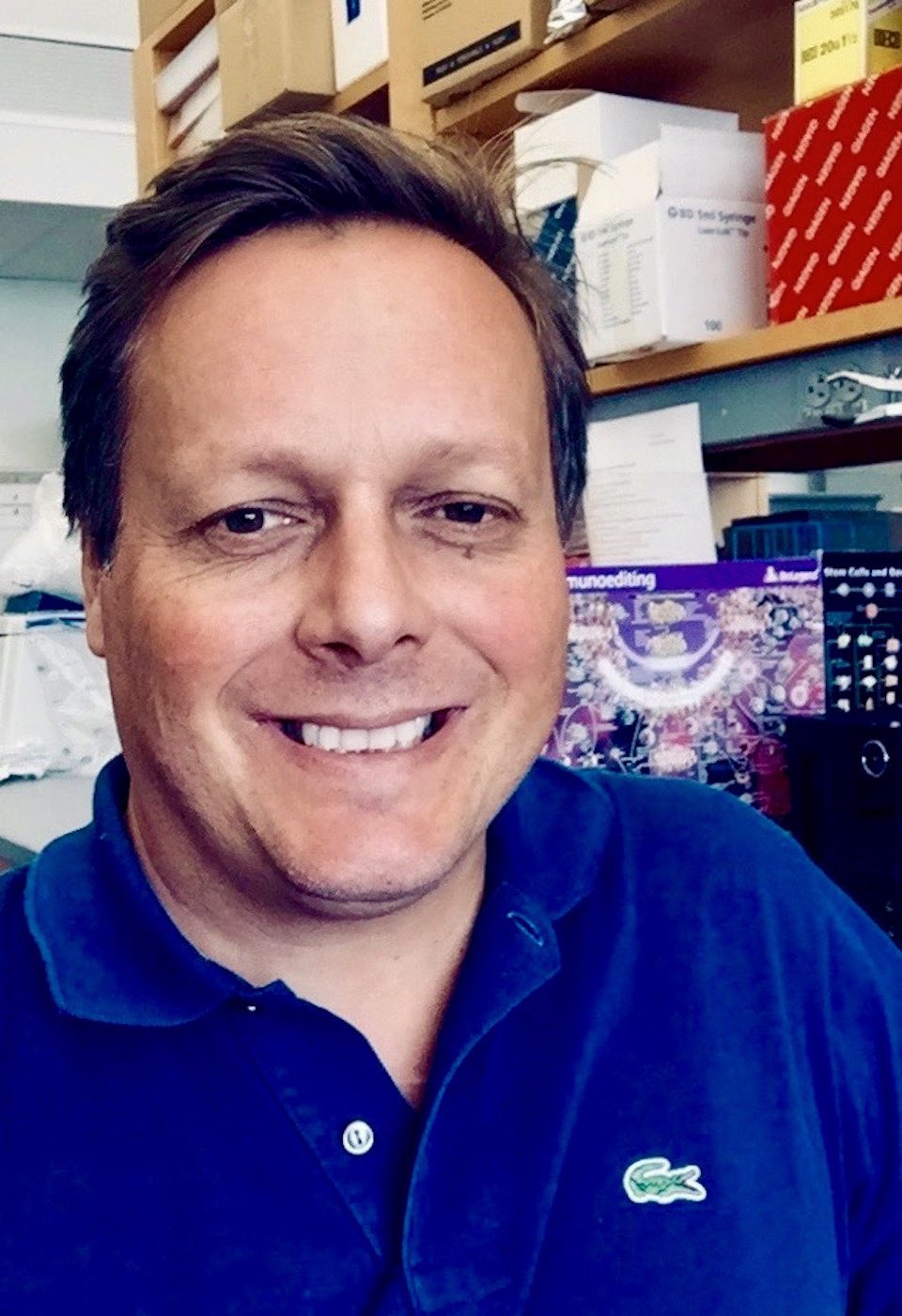
Dr Maurizio Chioccioli
Assistant Professor of Medicine (Pulmonary, Critical Care and Sleep Medicine) Yale School of Medicine, USA
- 11:00
- Room S5, 16 Rainforest Walk Clayton Campus
- Professor Peter Currie
Uncovering principles of stem cell-mediated repair and regeneration in the lung
Abstract
My research aims to understand the molecular and cellular basis of tissue injury and regeneration in the mammalian lung. In my recent work, I have established longitudinal timelapse imaging of intact lung tissue in vivo and ex vivo to show that a large fraction of alveolar stem (AT2) cells become highly motile upon injury. To our surprise, we uncover direct evidence that AT2 stem cells migrate between alveoli – i.e., between individual functional units of the lung. We use unbiased morphokinetic profiling to map the behavioural evolution of AT2 cells and uncover the emergence of distinct motile phenotypes, revealing an unappreciated level of behavioural heterogeneity during migration of stem cells. Inhibition of AT2 cell motility leads to impaired regeneration of AT1 and AT2 cells in vivo following two different modes of lung injury. This work reveals stem cell motility and migration between functional units as an important mechanism of tissue regeneration. New approaches to further interrogate dynamic stem cell behaviours in the alveolar niche together with genetic mouse models, multiomics and human tissues will help uncover new principles of regeneration and repair.
Bio
Maurizio Chioccioli is an Assistant Professor of Internal Medicine Yale School of Medicine. His research focus is to understand the pathophysiology and molecular etiology of lung remodelling and repair by combining quantitative imaging, next generation ‘omics and human and mouse lung tissue models. His experience and expertise span multiple areas from biophysics and live-imaging microscopy to molecular biology, genetics, and human respiratory diseases. Dr. Chioccioli obtained his undergraduate degree at the University of Florence in Tuscany, where he is from, before going on to obtain his PhD from the Institute for Molecular Bioscience at the University of Queensland in Australia. He then performed his postdoctoral studies at the Cavendish Laboratory, Physics of Medicine Institute at Cambridge University where he worked on the biophysical basis of dynamic ciliary beating in respiratory diseases such as cystic fibrosis and primary ciliary dyskinesia. He was recruited to the Yale School of Medicine in 2018 where he is focused primarily on the mechanisms that drive stem cell-medicated tissue repair and regeneration in the lung.
